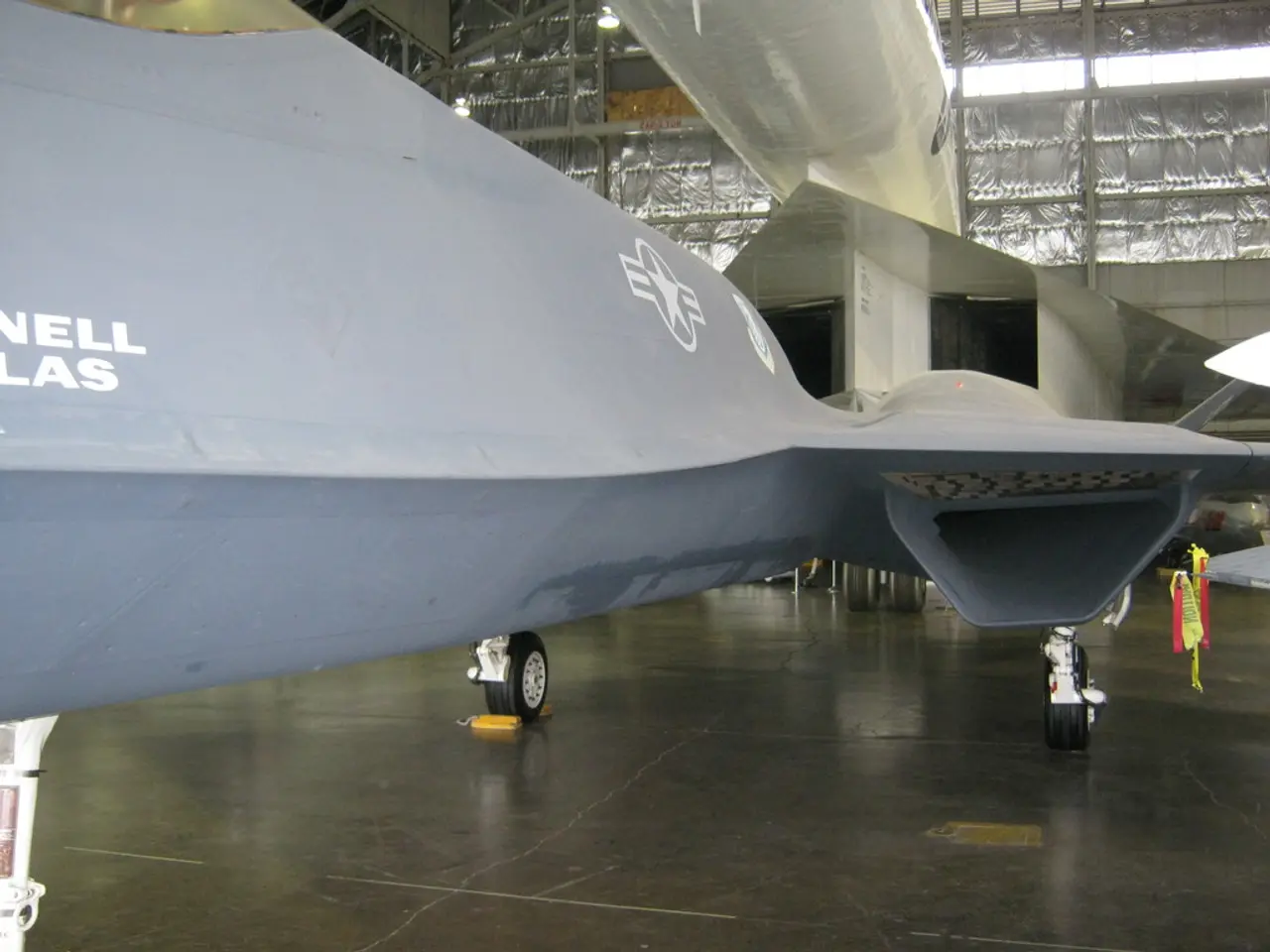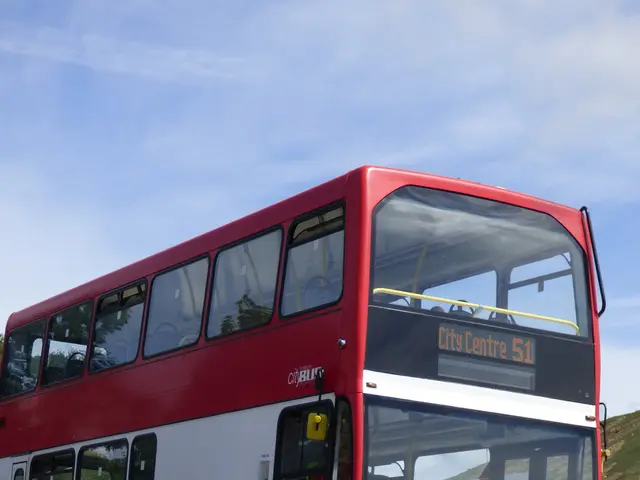Aircraft Speed: Rate of Travel for Airplanes
In the realm of aviation, speed has long been a driving force for innovation. From propeller aircraft to hypersonic prototypes, the evolution of speed has been a captivating tale of technological progress.
One of the most iconic symbols of speed is the Concorde, a supersonic commercial aircraft that cruised at approximately 2,180 km/h (Mach 2.04). Though it is no longer in operation, the Concorde demonstrated the potential of civil aviation to achieve high speeds.
Military aircraft, such as the MiG-25 and the Lockheed SR-71 Blackbird, are designed to reach speeds much higher than their commercial counterparts. The MiG-25, a Soviet aircraft, can reach speeds of 3,200 km/h, while the SR-71 Blackbird, the fastest military aircraft in history, is capable of reaching speeds over Mach 3.3 (approximately 3,540 km/h or 2,193 mph).
Technological advancements have played a crucial role in pushing these speeds. Aerodynamic designs like delta wings and slender airframes, materials such as titanium and heat-resistant alloys, engines ranging from turbojets and afterburners to advanced scramjets, fuel and propulsion advances, and computational and manufacturing advancements have all contributed to optimising designs for speed while addressing heat and structural challenges.
The X-15, an experimental aircraft from the 1960s, was a technological milestone in aviation. It reached speeds over six times the speed of sound (Mach 6.7) and became the first operational spaceplane, also reaching heights above 100 kilometers.
Each airline and manufacturer optimises the speed of their airplanes to balance fuel consumption and passenger comfort. Commercial airplanes typically fly at average speeds between 800 and 900 kilometers per hour, with cruising altitude around 10,000 meters to help reduce air resistance.
The future of aviation points towards sustainable innovations. As advanced propulsion technologies and materials are developed, new speed records are likely to be set. The development of these innovations is a significant focus, aiming to improve both speed and energy efficiency.
The history of aircraft like the SR-71 Blackbird and the X-15 continues to inspire the development of ever faster and more efficient aviation. The Lockheed YF-12 remains a speed benchmark in the military realm, with capabilities of over 3,200 km/h. The development of these aircraft has also contributed to technologies now present in commercial flights.
Despite being limited in speed compared to military aircraft, commercial aviation benefits from these technological advancements, improving passenger safety and experience. The pursuit of speed in aviation is a relentless one, with advancements from the jet age to hypersonic research continuously pushing aircraft speeds beyond Mach 2 and into hypersonic regimes.
- In the sphere of both military and commercial aviation, science, technology, and industry have been instrumental in pushing speed records, with aircraft such as the MiG-25, SR-71 Blackbird, X-15, and Lockheed YF-12 achieving speeds beyond Mach 3.3.
- Finance plays a pivotal role in the race for speed in aviation, as investments in aerospace technology are crucial for the development of advanced materials, aerodynamic designs, engines, fuel, and propulsion systems.
- As we look to the future of space-and-astronomy, hypersonic technology is expected to revolutionize both military and commercial aviation, with innovations in finance, science, industry, and technology likely to set new speed records while improving energy efficiency.








